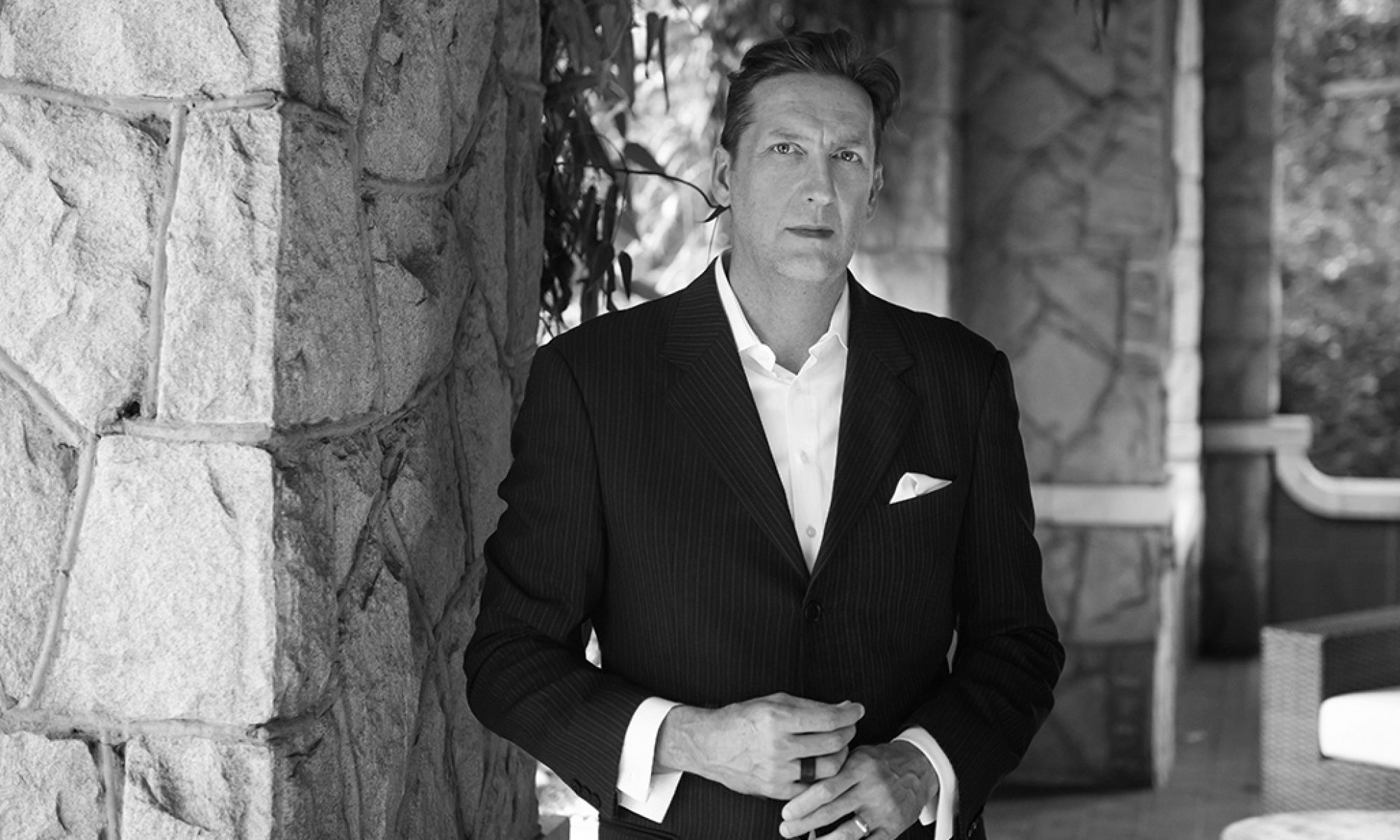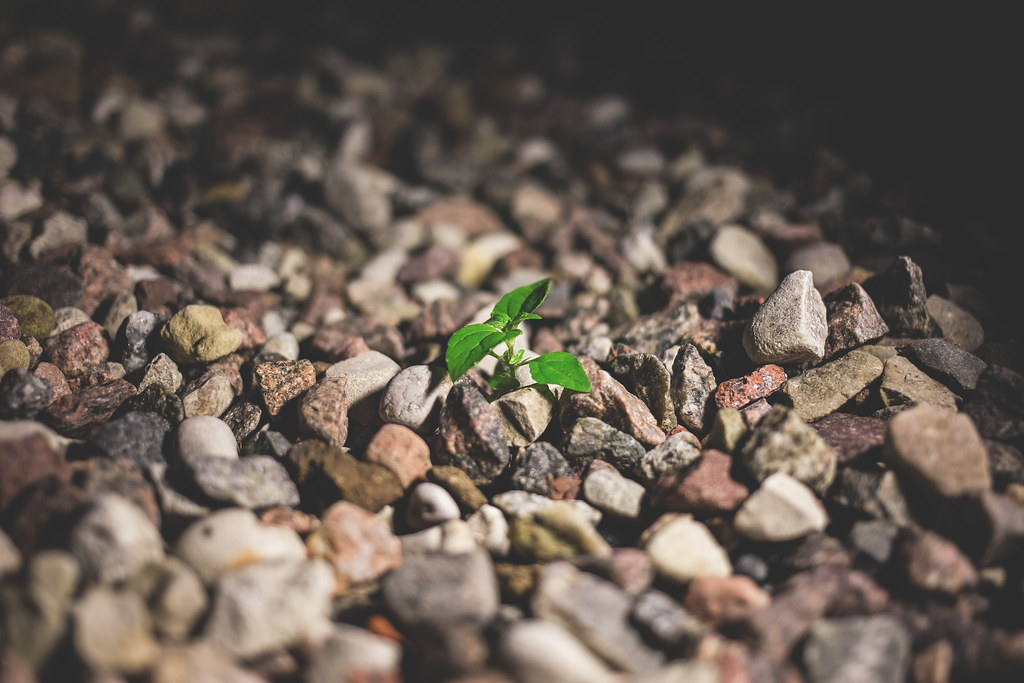What do unimaginable riches permit?
History books will not be kind. We won’t believe we did this, we’ll try to hide it but we won’t be able to and we shouldn’t:
“DESTROY” stickers were affixed this week to hundreds of cases of U.S.-branded food aid — 15,000 pounds’ worth — that have languished for months in a Georgia warehouse and then expired before they could be sent overseas to famine-stricken areas like Sudan.
And Mana Nutrition’s warehouse holds plenty more of the peanut paste, a crucial element in treating malnutrition. A $50 million supply has been stacked for months in the nonprofit’s facility in Pooler, a short drive from Savannah, caught in the chaos as the Trump administration upended foreign aid and never shipped.
The food could still help 60 million people, Mana estimates.
“This is a giant glut,” chief operating officer David Todd Harmon said. “All contracted. All bought and paid for. It’s just not been picked up.”
A State Department memo in late May signaled that more than 60,000 metric tons of commodities were sitting in warehouses in the United States and around the world and that an “urgent” plan would begin to shift some of it. The logjam followed the Trump administration’s breakneck dismantling of the U.S. Agency for International Development, slashing more than 80 percent of its programming and laying off all but a tiny fraction of its staffers. The agency’s doors officially closed July 1.
It feels a bit naive not to think some people will be pleased by this. Soi-disant ‘good christians’ everywhere will attempt to rationalize it with excuses that fold perfectly into the circular logic of the worldview that needlessly condemns millions to misery.
There is no reason for this beyond charlatans and cheap vengeance. Your vote has consequences.

